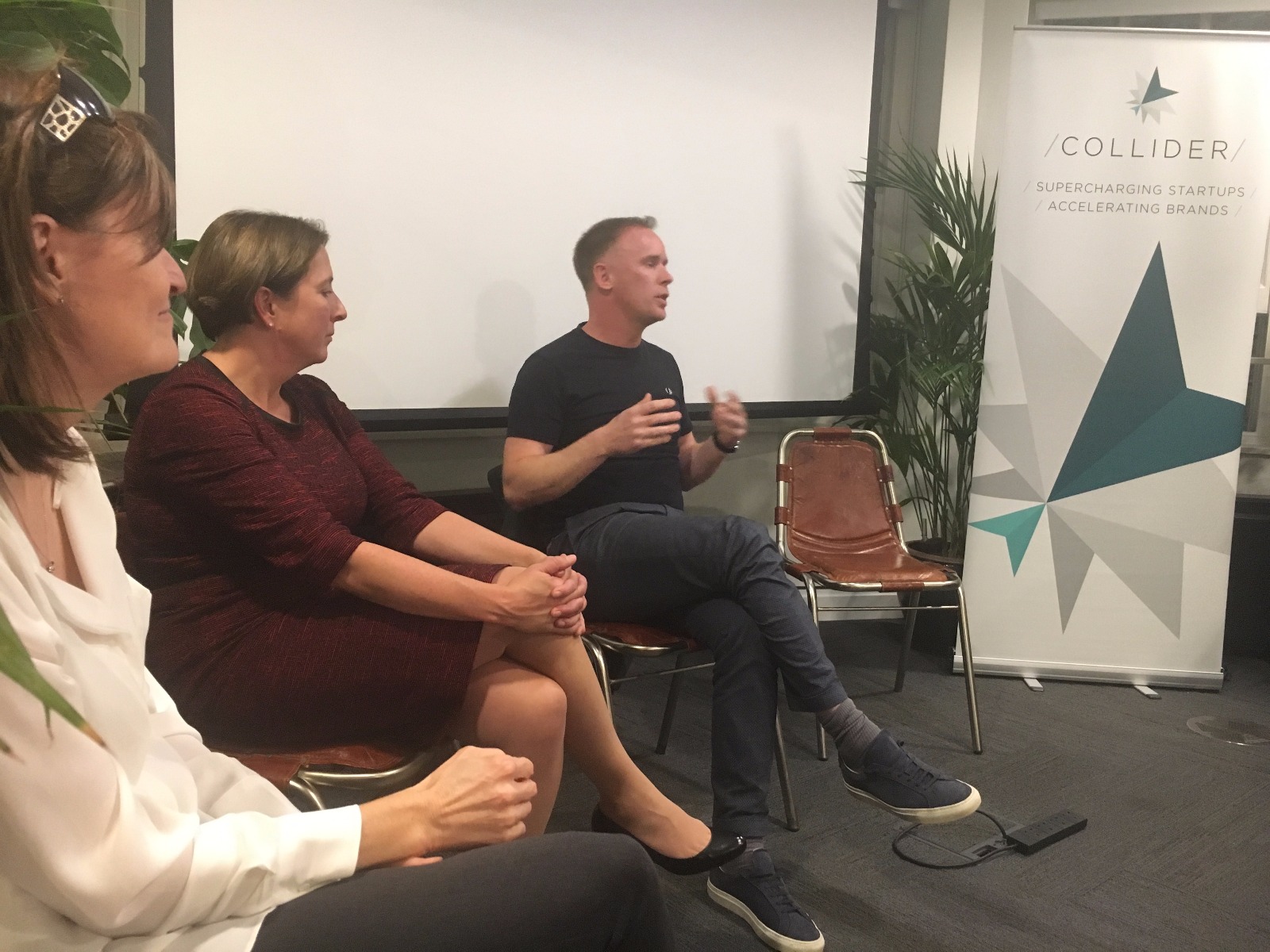
Example First Interview - Getting to know each other in 30 mins
Part 1: Putting them at ease
- Step 1: Start with a friendly opener to put someone at ease and make it a little bit less formal, gets conversation going
Example: "Hey, how are you, how is your day going?"; "Have you had a good weekend / week?"
- Step 2: Establish the format of the interview, so they know what to expect
Example: "Really appreciate you taking the time. I wanted to make this quite informal - I'd love to tell you a bit about us and what we're building, and it would be great to learn a bit about what you have been upto and what you are interested in."
Part 2: Intro to your company - get people excited
- Step 1: Give an overview of your mission
Example: "I'll start by giving you a bit of background on why we started [our project]...
- Step 2: Introduce the team, give a bit of history, explain how you work
Example: "The company was founded x months ago and we're a team of y hackers and z hustlers...."
- Step 3: Give a view of the future
Example: "We are a product-centric company with a big focus on data, which to us means ......
- Step 4: Highlight our approach to teaching/learning/development
Example: We encourage everyone to always find new technologies to use and you get a lot of responsibility from day 1"
Part 3: Intro to the Candidate
- Step 1: Get them to introduce themselves
- Example: "Would love to hear about you, your background and what you've been upto recently"
- Step 2: Get an idea of what they are looking for
- Example: "What kind of stuff are you interested in doing next? Are you looking for specific opportunities or roles or technologies that you want to work with?"
- Step 3: Understand their motivations
- Example: "Can you tell me why you are interested in XXX"
- Step 4: Get a frame of reference to their timing (when they want to move)
- Example: "In terms of timing, are you looking to move now? What is your notice period?"
Part 4: Determining Fit
- Step 1: Role
Example: "What would you say is the ideal role for you i.e. in terms of responsibilities etc."
- Step 2: Drive
Example: "What motivates you and why?"
- Step 3: Work Ethic
Example: "What is your working style? If you ran the engineering team, how would you do it?"
- Step 4: Self awareness
Example: "What's the biggest impact you have made in a past role; and why do you think so?"
- Step 5: Learning Example: "What is your approach to learning? Do you spend your spare time researching technologies?"
- Step 6: Creativity
Example: "What is the most creative thing you have done?"
- Step 7: Personality
Example: "What do you do in your spare time? If you could take a 5 years off work with no worry about money - what would you do?"
Part 5: Answering Questions
- Step 1: Give them an opportunity to ask questions
Example: "I've been asking all the questions. Do you have any questions for me?"
Part 6: Next Steps
- Step 1: Thank them for their time
Example: "[First Name], thank you very much for your time. It's been a real pleasure chatting to you"
- Step 2: Inform the candidate on what happens next
Example: "The next steps are, I'll circle up with our team and we should be in touch in the next day or two. Typically our process is we'll send you a test to do, and after that there will be an interview with a couple of our [engineers]"
- Step 3: Find out if they have other processes ongoing
Example: "Finally, just wanted to check - do you have other interview processes going on right now? We can move very fast to make a decision for the right people"







